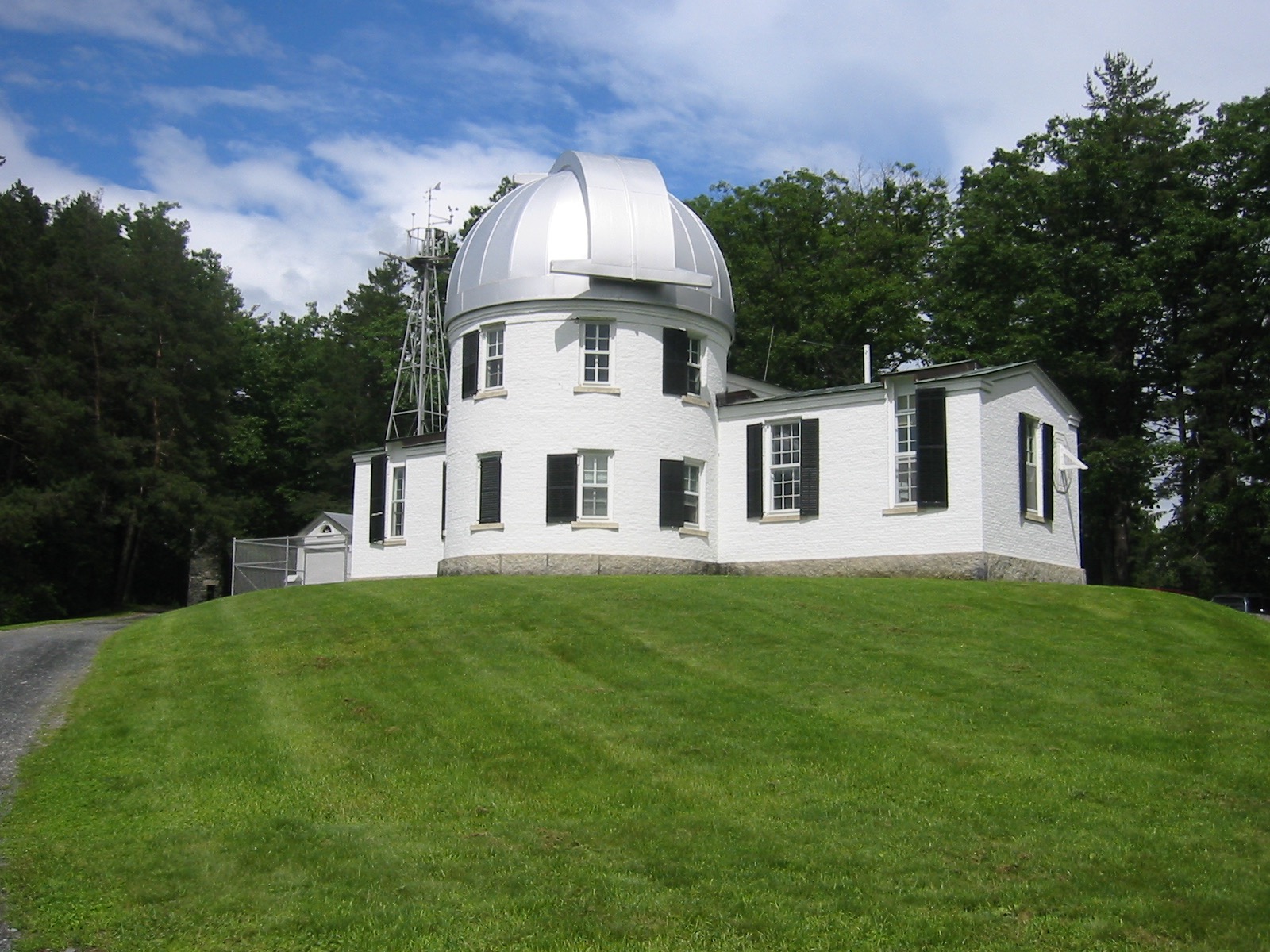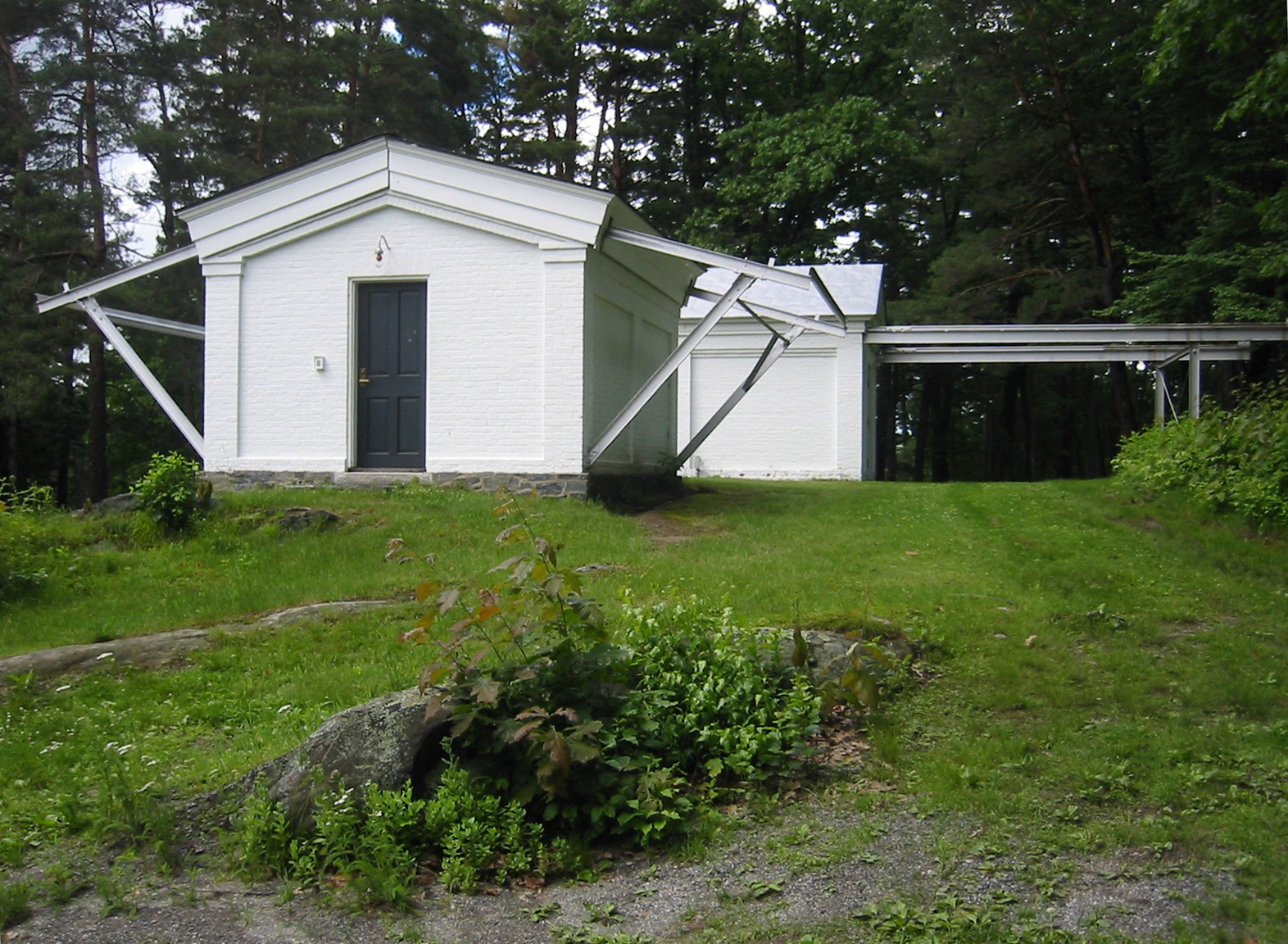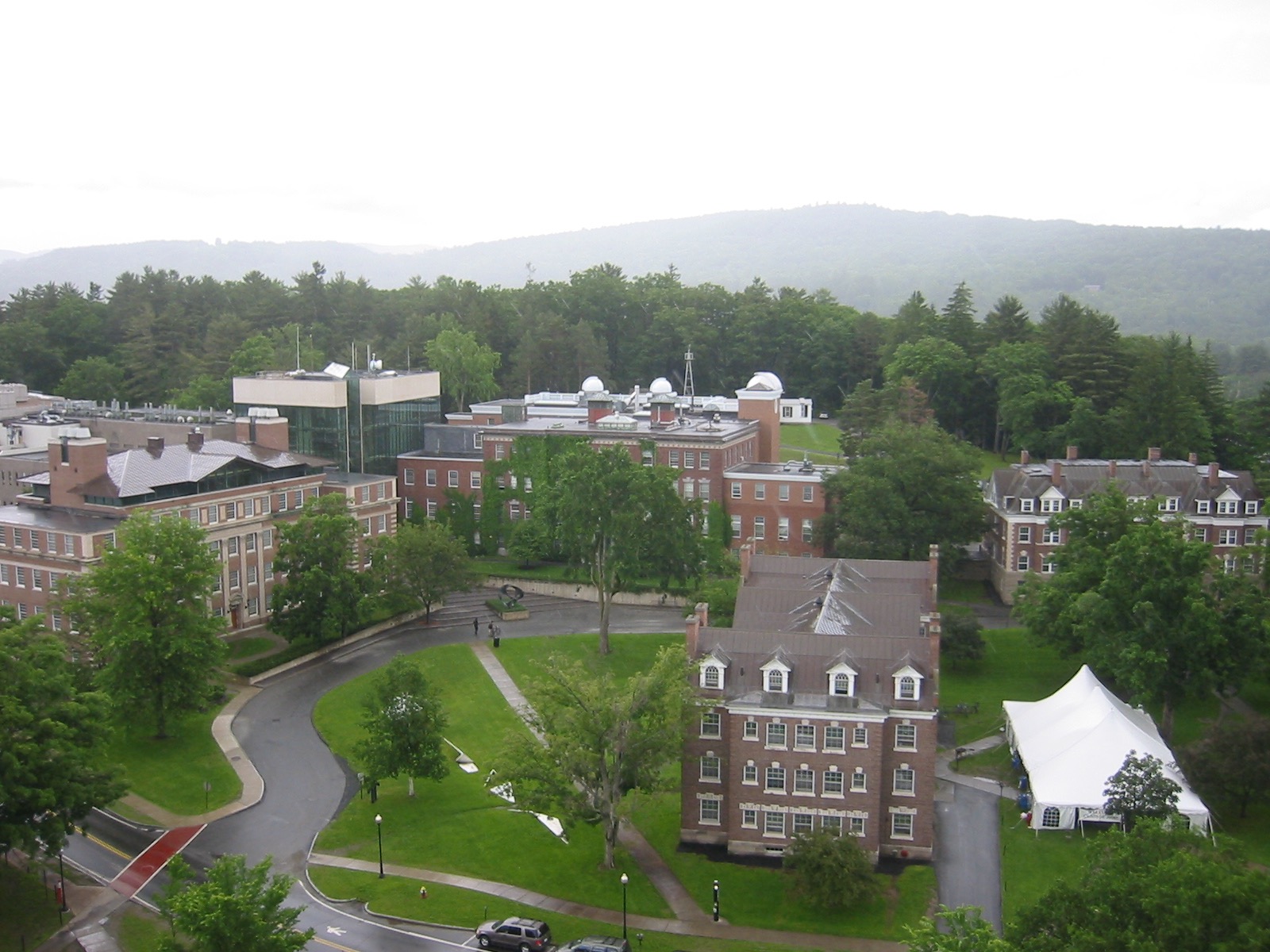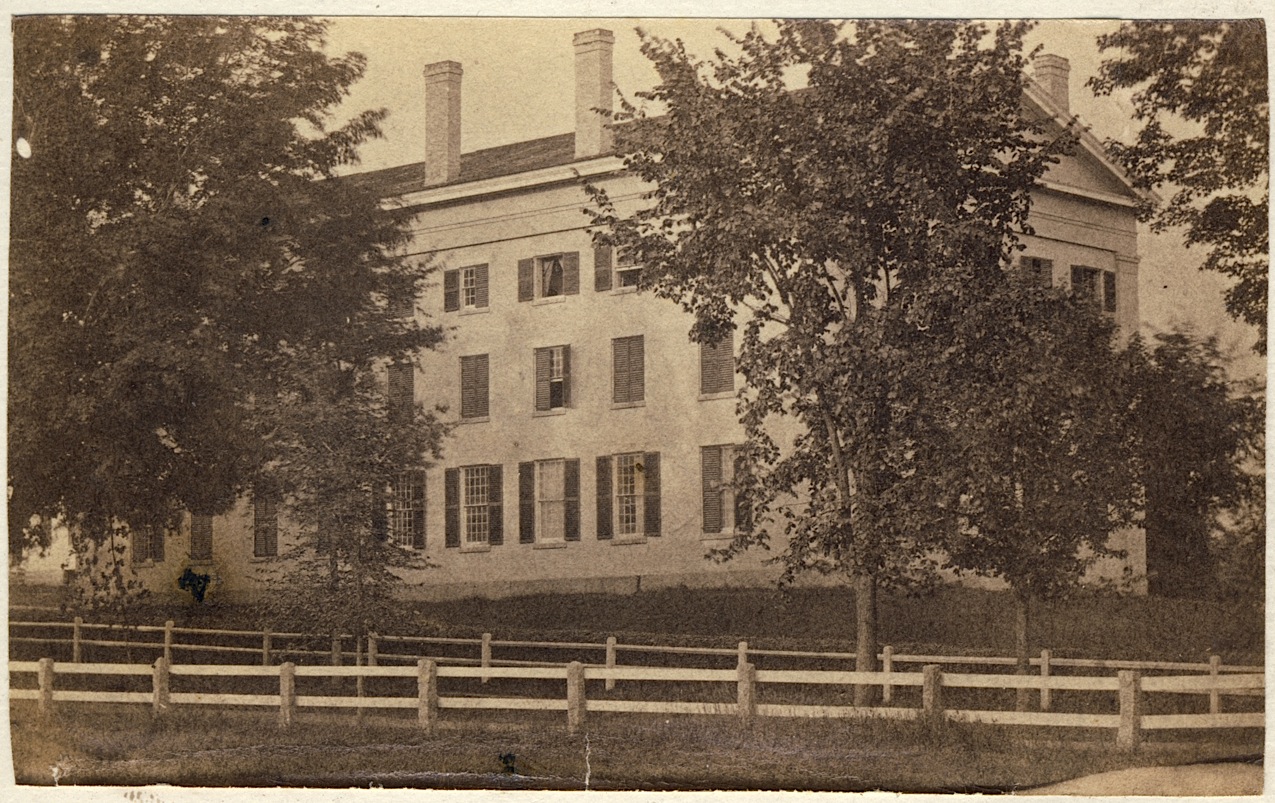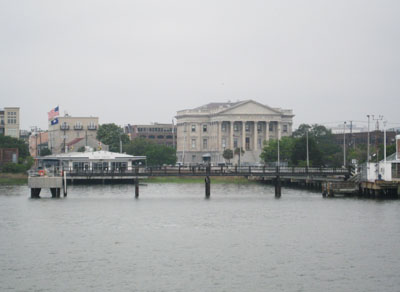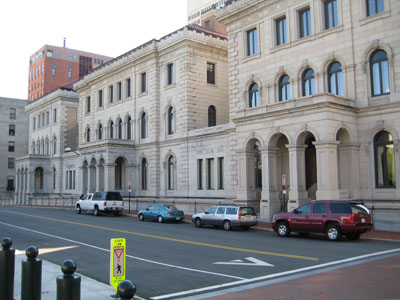The Dartmouth reports on a letter from the Department of Physics and Astronomy urging the preservation of Shattuck Observatory.
The fact that Dartmouth’s astronomers feel the need to ask the college not to destroy its own observatory is pretty remarkable. The college’s response, that there is “no definitive plan” regarding Shattuck, suggests that removal is on the table.
And it’s important to oppose not only the destruction but also the moving of the 163-year old building. Opposing demolition alone gives the college an out, allowing it to claim to have “saved” the observatory by moving it to some other site.
Jack F. Mourouzis reports on a Sasaki dorm outreach or focus group meeting (“The Death of College Park?“, The Dartmouth Review):
The image on the Campus Services website is identical to a slide in architects’ PowerPoint presentation, save for one detail that is not present on the website: the upper half of the diagram — the grey space of College Park not covered by the circle labeled “Study Area” — is encircled, and labeled “Build.” I asked for clarification, and the explanation was unclear. From my best understanding, the northern area — where Dragon now stands — would be the area where dormitories themselves would be developed, and the area along the ridge behind Wilder would be made into “study areas.”
The “study area” label is probably just a reference to the current Sasaki study, but it is good to hear that the construction will be proposed for College Street north of Burke. If it does not harm the “study area,” then this dorm idea is not quite as absurd as it first seemed. But it is still short-sighted. The land north of Burke should be reserved for the physical sciences, for extensions of the Wilder-Steele-Fairchild-Burke complex. Dragon, of course, was only built in this remote location to get it out of the way of the construction of Berry.
And the underlying craziness of trying to cluster all 750 beds together is still there. This project would be a lot less awful-sounding if it were broken into five chunks and scattered around campus at appropriate sites.
The Dartmouth also had an article about an outreach meeting and site tour.
The October 30 construction update for the College Park dorm concept plan states:
An informational session for College Park neighbors will be held at 4 pm on Wednesday, November 15, on the west side of the Observatory. The group will spend 30 minutes walking the study area at College Park, followed by an informational session at Wilder Hall, room 115. In the case of inclement weather, the walking tour will be cancelled and the informational session will be held at 4:45 pm in Wilder 115.
